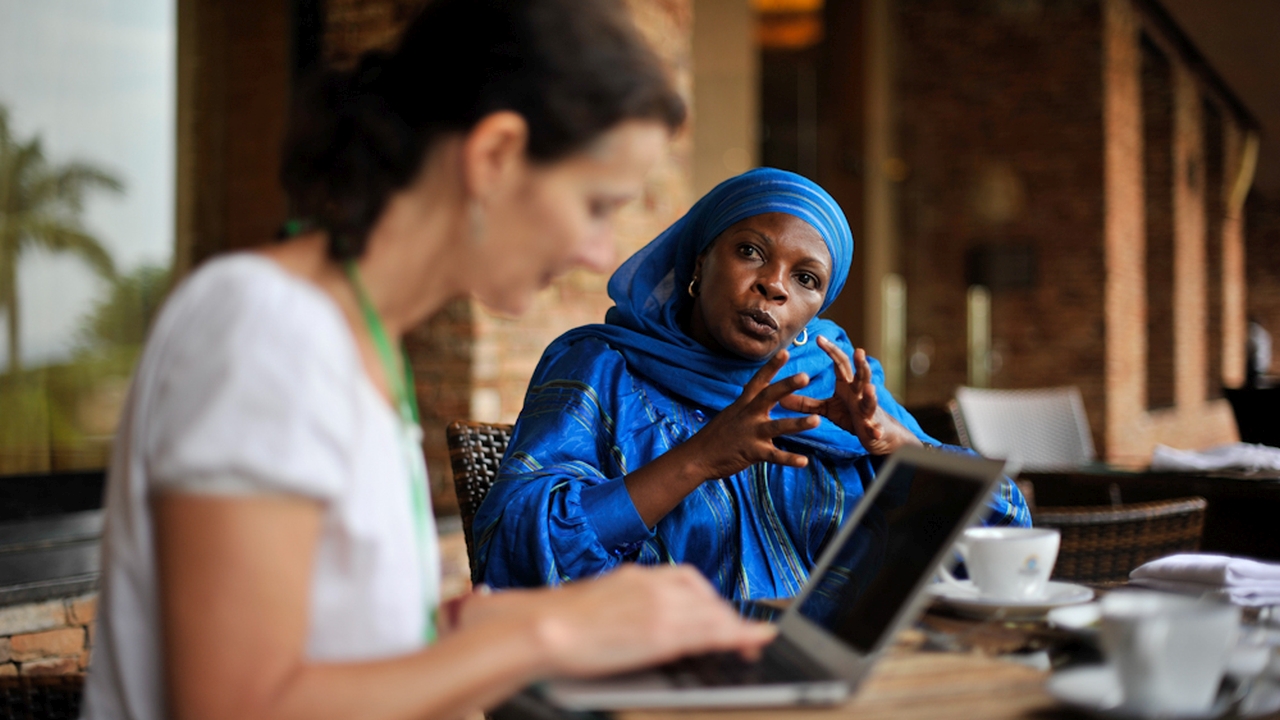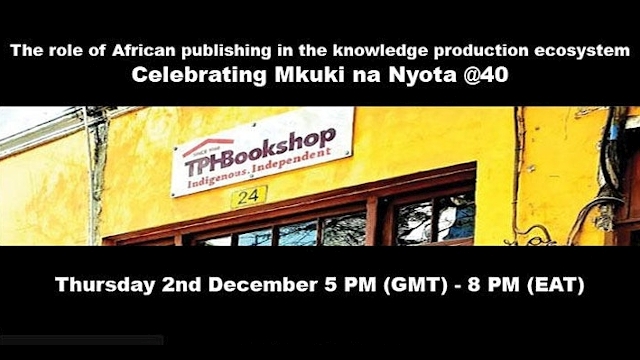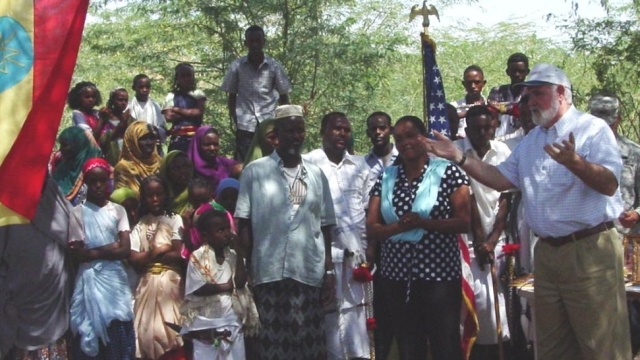
Knowledge translation and multilingualism
By Chalani Ranwala. Originally published on the Integration and Implementation Insights blog.
How can knowledge translation be made more effective in countries where multiple languages are spoken, including many countries in the Global South, as well as countries with large immigrant or refugee populations?
Anywhere in the world, knowledge translation is facilitated through a process of communicating messages to an audience, who will ultimately use that information to inform their own opinions and actions. However, the way that information is perceived, digested, discussed, and passed on is shaped by the environment in which an audience lives. For example, factors such as education, economic status, political climate and cultural norms play a part in how we consume information. Here I focus on one factor – language – building on my work in research communication in Sri Lanka.
Language has a significant influence on the way knowledge translation takes place in bilingual and multilingual countries. For example, Sri Lanka is a tri-lingual nation, according official status to Sinhala and Tamil, with English used for official and commercial purposes. The language in which information is conveyed affects the way that information is perceived and accepted by an audience. Here’s how:
- To begin with, all languages use different metaphors and idioms to construct a message. Hence a message crafted in English will sound very different if it is (directly) translated into a local language.
- Language also affects the way we react to information. For example, Ivaz and colleagues (2016) highlight that “Native languages are acquired in emotionally rich contexts, whereas foreign languages are typically acquired in emotionally neutral academic environments” and their research has supported the contention that, as a consequence, “bilinguals’ emotional reactivity in foreign-language contexts is reduced as compared with native language contexts”.
- Design aesthetics differ according to language. In Sri Lanka, visual content displayed in English (such as in local newspapers) tends to be sombre and minimalist, while the same content displayed in Sinhala tends to be vibrant and colourful. For an example see Fernando (2021).
- Language, particularly in the Global South, doesn’t exist in isolation – it plays a role in a country’s history and identity. In Sri Lanka, a former British colony, English is still perceived as a language of the ‘elite’. This perception can influence the way local language speakers perceive messages disseminated in English drafted by English speakers.
The platforms through which knowledge is disseminated affect the way information is received. Using local languages on platforms that predominantly use English can be ineffective. For example, in Sri Lanka, English-speaking audiences are more likely to express themselves on Twitter (now X); and Sinhala- and Tamil-speaking audiences are more likely to express themselves on Facebook. Therefore, when it comes to disseminating information, mixing languages on one platform may be ineffective.
So, what does this mean for knowledge translation in countries where multiple languages are spoken, either because the population is bilingual or multilingual, as is the case in many countries in the Global South, or because the country has large immigrant or refugee populations? To effectively reach such audiences, knowledge needs to be re-framed to fit the norms, expectations, and experiences of individual language communities. In practice, organisations that produce evidence-based research to inform behaviours and policies need to create separate, original messages in local languages. In essence, for knowledge translation to be effective, we need to step away from translating information directly and move towards creating original messages that resonate in local languages. This switch will ensure greater participation, inclusivity, and accessibility in knowledge translation and make research more impactful.
Once we create original messages, we should also pay attention to where we choose to put out information, as our target audience may choose to consume information from a platform entirely different from the ones we normally use (eg., a website or Twitter (X) account). This approach will often require organisations to have separate communication strategies for different languages and even have separate staff who specialise in storytelling in local languages.
The more organisations become aware of linguistic, social, and cultural nuances that affect dialogue with their audiences, the more equipped they will be to customise their knowledge translation strategies to achieve optimum results.
Do you have examples to share of moving from a ‘one size fits all’ approach to a more adaptable, localised approach? Do you have other experiences to share of the role of language in knowledge translation in the Global South or other countries where multiple languages are spoken?
Source:
This i2Insights contribution is a slightly modified version of Ranwala, C. (2022). Knowledge translation in the Global South: A language perspective. Published in the On Think Tanks (OTT) blog series “Knowledge translation in the Global South: Reflections on the future”. (Online): https://onthinktanks.org/articles/knowledge-translation-in-the-global-south-a-language-perspective/
References:
Fernando, N. (2021). 3 languages, 3 aesthetics, 1 graphic: A case study of visualization in a multicultural environment. Online (19 minute Youtube video): https://www.youtube.com/watch?v=oDzKVB2OTYg
Ivaz, L., Costa, A. and Duñabeitia, J. A. (2016). The emotional impact of being myself: Emotions and foreign-language processing. Journal of Experimental Psychology: Learning, Memory, and Cognition, 42, 3: 489–496. (Online) (DOI): https://doi.org/10.1037/xlm0000179
Biography:
 |
Chalani Ranwala MSc is a communication specialist based in Colombo, Sri Lanka with over eight years of experience in research communication, public relations and management. She offers advice, training and creative input on communication strategy and content development to local and international organisations. |
Article source: Knowledge translation and multilingualism. Republished by permission.
Header image source: ©2012CIAT/NeilPalmer on Flickr, CC BY-NC-SA 2.0.






